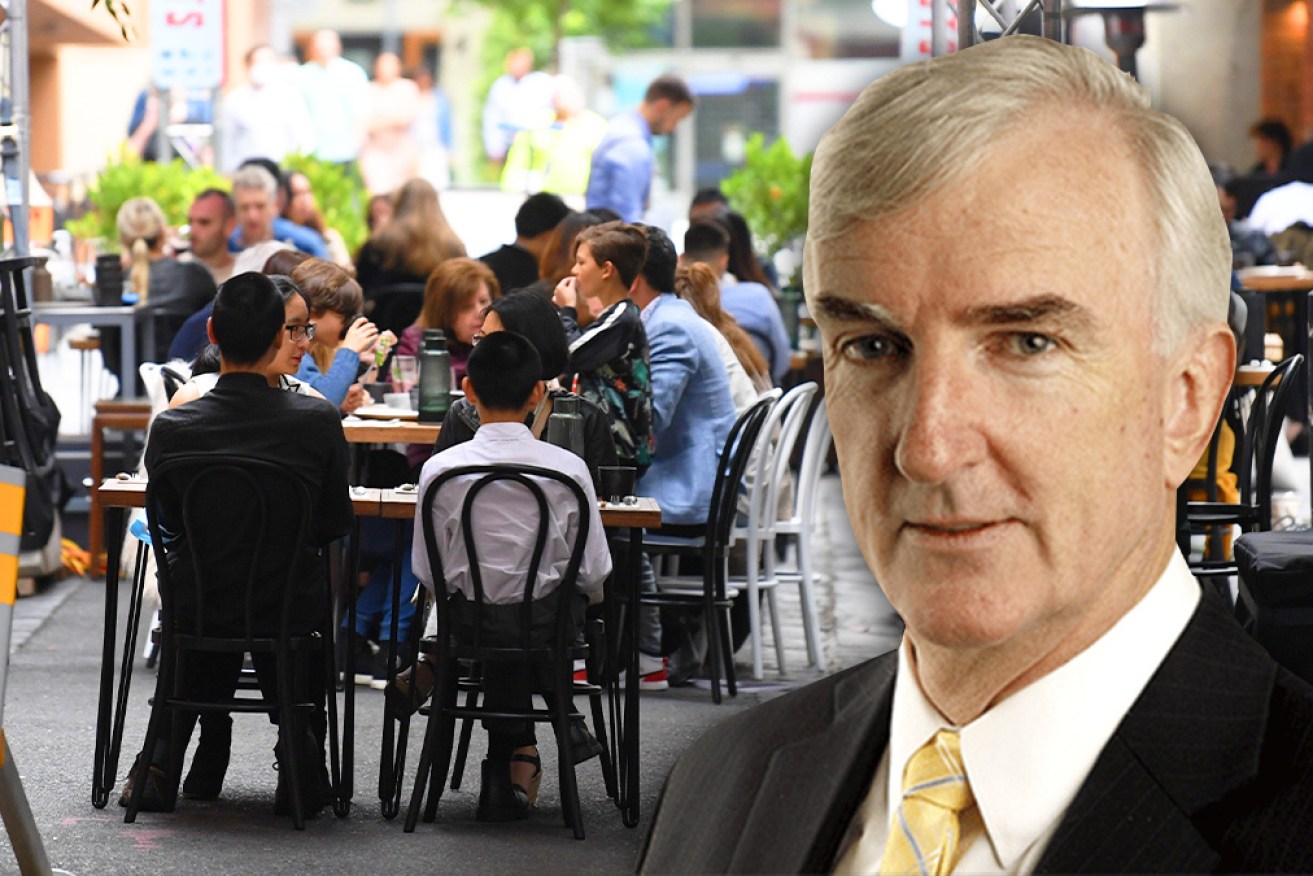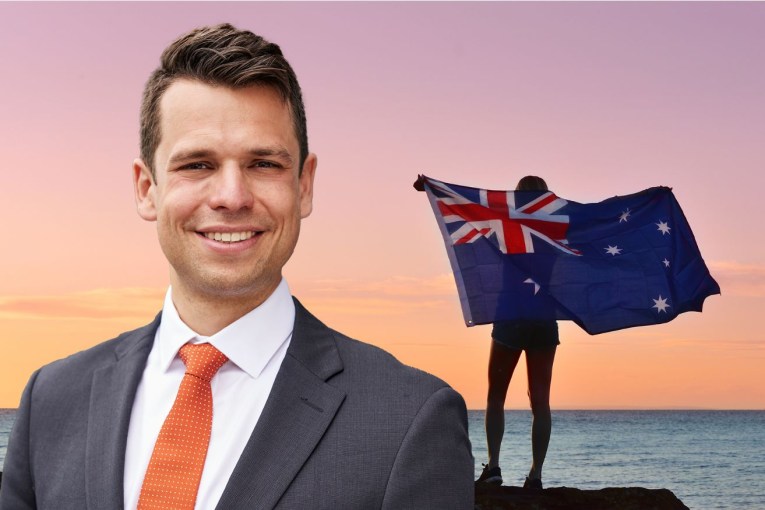Michael Pascoe: Where’s the pay rise to offset our labour shortage?


Businesses are complaining of labour shortages, but many aren't lifting wages, writes Michael Pascoe. Photo: TND
The nation’s employers are publicly performing a fine impression of a bunch of school kids standing on the edge of a pool for a swimming lesson in cooler months.
They fear the water is going to be cold, a couple might put their big toes in, they want mummy to take them home, everyone waiting for someone else to jump in first.
For employers, it’s not the temperature they’re complaining about, but labour shortages. It’s not the water, but wage rises, that make them nervous.
It’s not mummy they want to save them from the plunge, but the Morrison government by re-opening the immigration gates.
The AFR seems to report an employer moaning about the shortage of suitable labour as often as it does iron ore price rises. A lengthy feature last week rounded up a bunch of them under the angle: “By strangling immigration indefinitely, the Morrison government is placing politics above economic recovery. It’s a gamble that could backfire badly.”
(The irony of using Neil Perry as the lede example, given the Rockpool Group’s wage theft record, seems to have been lost on the masthead.)
The hospitality industry stories were much the same as a conversation I had on Tuesday night with the manager of a thriving Sunshine Coast restaurant.
Yes, it was very hard to get staff. Some places were only opening five nights or less because of the labour shortage, people were putting in long hours, there weren’t the backpackers, the student visas.
So had the restaurant increased its pay rates, was it paying more to entice staff from other establishments?
Err, no.
That question and any answer was missing from the AFR feature.
The manager said casuals were getting about $26 an hour, “not bad money”.
For a 40-hour week, 48-week year, about $50,000 before tax. Australia’s median wage is 20 per cent higher, average ordinary time earnings for full-time adults is nearly 80 per cent higher.
The jury remains out on Australia’s immigration/wages experiment.
In the meantime, Australia’s economic recovery, Reserve Bank monetary policy and Josh Frydenberg’s newly declared fiscal priorities are all dependent on employers taking the plunge, competing for staff by paying more for them, resulting in a combination of weaker profit growth, higher prices and more investment to improve productivity.

The success of the treasurer’s economic plan depends on businesses paying higher wages. Photo: AAP
That might be painful for employers to collectively contemplate after decades of getting used to profit’s share of the economic pie getting larger at the expense of labour’s share.
There is a risk employers will refuse to take the plunge, that capital’s strike on wages growth will continue despite the RBA and Treasury’s faith in conventional supply and demand equations being applied to the labour market.
It’s easy to glide over the RBA’s wish list, refreshed and clarified after Tuesday’s board meeting. Getting unemployment below 4 per cent to spark decent wages growth again of 3 to 4 per cent and hence inflation “sustainably” in the 2 to 3 per cent band sounds wonderful – but it is not simple, cost free, or a sure thing.
The theory and policy is that when the more successful employers who can afford higher wages are forced by the market to take the plunge, it will be at the expense of the less successful businesses that will either fold without decent staff or accept lower margins and the necessity of investing in training and/or capital to become more productive.
This should not, however, mean our COVID-induced immigration freeze should continue.
Wages growth can be sustained with a well-run migration program that fills genuinely temporary skills gaps – gaps that must be filled to facilitate broader employment opportunities, not just to save employers from competing for staff.
In the restaurant example, there is a shortage of chefs after it was government policy to force them to leave last year – no JobKeeper or JobSeeker for foreigners. When done in a COVID-safe manner, allowing foreign chefs to return at a higher wage rate than currently paid here would allow the rest of the establishment’s jobs to flow.
Overall, our fine migration history demonstrates the benefit of increasing the proportion of younger, better-educated and motivated citizens, particularly as another million Boomers retire by the end of this decade. One plus one can indeed add up to more than two.
Such a migration program is a different thing to selectively bailing out employers whose only priority is increasing profits.
The greater problem is that the standard supply and demand equations the RBA and Treasury rely on don’t quite work like they used to with labour. Neither institution can demonstrate any success in understanding the labour market over the past decade, as their failed wages forecasts show.
Michael Keating has been persistently making the case that there are bigger forces at work that prevent “trickle-down” policies from working.
“The government’s economic strategy continues to treat low wage growth as a purely cyclical problem,” he wrote in Wednesday’s Pearls & Irritations newsletter.
“It is ill-equipped to deal with the structural mismatches in the labour market and their consequences for the future growth of wages and aggregate demand. This strategy is therefore unlikely to fully succeed.
“An alternative explanation for low wage growth is that there have been structural and institutional changes which have altered the distribution of income between labour and capital and within wage earnings.”
Dr Keating says the structural changes are reflected in skills mismatches.
In February, when unemployment was well above the 4.5 per cent target rate, there were more than two-and-three-quarter unemployed people for every vacancy – the lowest level for over a decade and well below the decade average of 3.9, indicating substantial and increasing structural mismatch in the labour market.
“If this mismatch continues through the economic recovery, the wage increase in some jobs will most likely exceed the increase in other jobs,” Dr Keating says.
“Consequently, pursuit of the target rate of unemployment may well result in an increase in wage inequality, which in turn may not produce the increase in demand that economic recovery requires.”








